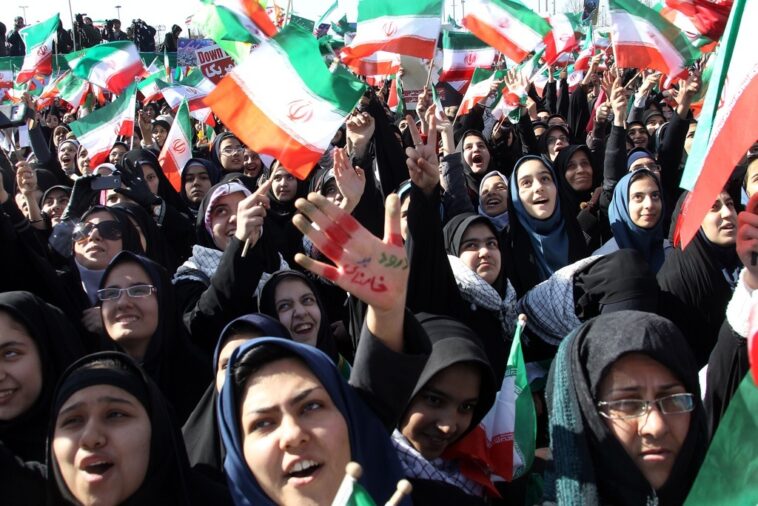The recent 12-day conflict involving Iran and Israel that transpired in June has brought defining transformations in the Middle Eastern geopolitical landscape. The full scale of its impact will only be revealed in due course. Even so, it has already triggered a reconsideration of security and nuclear policy paradigms, obliging regional actors to revisit ideas of deterrence, proxy warfare, and the endurance of their alliances. Despite declaring success post the truce, the Iranian revolutionary administration finds itself in a precarious position, unseen since 1979.
From a regional viewpoint, all of Iran’s proxies, inclusive of Hezbollah, deserted it at a gravely critical juncture. Notably absent was support from international allies like China and Russia, as well as other Islamic nations, aside from the customary diplomatic reassurances. The seemingly insignificant solidarity offered by the Muslim Brotherhood underscored Iran’s susceptibility internationally. However, the conflict has also ushered in substantial internal transformations for Iran.
In his inaugural address following the truce, Supreme Leader Ali Khamenei highlighted national unity and fortitude. But his emphasis on nationalism and patriotism stood out significantly. This emphasis is important to note given that in Iran ideology and religion frequently eclipse nationalistic aspirations. Surprisingly, in Khamenei’s oration, the term “Iran” was mentioned more than thrice its usual frequency while the word “nation” was also cited extensively. On the other hand, the term “Islam” was notably missing.
The sole reference to the term “Islamic” was when mentioning the official name of the country, i.e., the Islamic Republic of Iran. In a similar vein, nationalism and patriotism took center stage at subsequent Ashura events, memorializing the death of Hussein at the Battle of Karbala. The funeral processions of military officials and scientists who lost their lives during the conflict were dominated by nationalist symbols, weaving a strong narrative of national unity.
These gestures may seem to indicate a drastic shift at present, but the continual invoking of such symbols and reference to Iran’s pre-Islamic history has been a steady trend. Over recent years, these gestures have been part of a wider and deliberate communication strategy by the regime, aiming to rally public support around national and Persian symbols. Historically, the Islamic Republic has had a complex relationship with its pre-Islamic past.
Republic’s founder, Ruhollah Khomeini, consciously avoided glorifying Iran’s royal past. While he occasionally referenced pre-Islamic Iran, he made sure to not romanticize famous monarchs like Cyrus or Darius. Supreme Leader Ali Khamenei, his successor, initially followed the same approach. However, since the early 2000s, a discernible shift has materialized. Khamenei, along with other high-ranking officials, has begun to frequently allude to figures from Iran’s pre-Islamic heritage in their public statements.
A notable incident that emerged post-war was a billboard in Shiraz which showed the Sassanid King Shapur I on horseback, receiving the surrender of Israeli Prime Minister Benjamin Netanyahu, who was portrayed in a submissive posture. This visual metaphor was reminiscent of Shapur’s historic win at the Battle of Edessa, where he overcame and captured the Roman Emperor Valerian in 260 CE. Such patriotic demonstrations of military might underscore a need for sustaining internal unity and dominance by invoking familiar national, historic, and even pre-Islamic heroes.
In tandem with such nationalistic rhetoric, the regime has also pursued the depiction of internal solidarity by showcasing unity across differing ethnic and cultural groups. Post ceasefire, state-run media featured images of Jewish soldiers in the Iranian military attending briefings, widely. Irrespective of being Artesh (regular military) or IRGC, military servicemen in Iran are expected to abide by Islamic ideals. Religious minorities do fulfill their mandatory military service obligations, but they do not have the opportunity to become career military officers.
However, featuring Jewish soldiers in the army presents not inclusivity but rather a repackaging of the dhimmi status of Jews in Iran – their population has seen a steady decline from approximately 100,000 to nearly 9,000 since 1979. Post-conflict, the chief of the Israeli army pointed out, ‘When dawn breaks, Israel must be ready to fight alone.’ The isolation of Iran in the war possibly led Khamenei to deduce that while there may be abundant ‘moral’ support, Iran still fights its battles alone.
Therefore, as vital as protection from external threats is, survival within national boundaries is equally, if not more, critical for the regime. The broader discourse of an increasing lean towards national and Persian identity is significant, nonetheless, it should not be misconstrued as a complete ideological transformation. The integration of nationalistic symbols, imagery, and historical narratives runs concurrently with the existing Islamic frameworks, rather than serving as a substitute.
Therefore, from the vantage point of the regime if advocating Iranian identity and nationalism serves as a deterrent against internal dissent and aids in consolidating its position, this shift from ‘Islamic’ to ‘Iranian’ should be viewed as a strategic adaptation rather than an absolute doctrinal shift.

